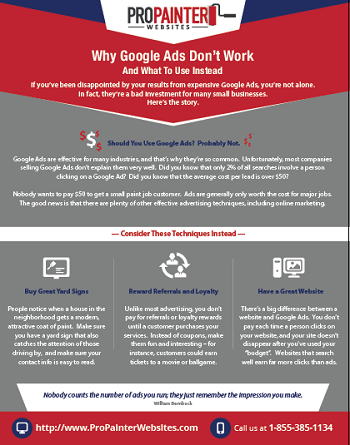Comprehending Seasonal Influences On Commercial Outside Painting: Essential Knowledge For Success
Comprehending Seasonal Influences On Commercial Outside Painting: Essential Knowledge For Success
Blog Article
Authored By-Doherty Rosendal
When you're intending an industrial external painting task, seasonal aspects can make or break your results. You'll wish to consider exactly how temperature and humidity impact paint application and drying times. Picking the best season can guarantee your paint sticks properly and lasts much longer. Yet which seasons are truly the best for this type of work? Allow' simply click the up coming website out the crucial elements that can impact your task's success.
The Impact of Temperature Level on Paint Application
When you're preparing a commercial outside painting project, the temperature level can dramatically affect just how well the paint sticks and dries out.
Ideally, you intend to repaint when temperature levels vary between 50 ° F and 85 ° F. If it's also cold, the paint might not treat correctly, bring about concerns like peeling or breaking.
On the flip side, if it's also warm, the paint can dry also promptly, avoiding appropriate attachment and causing an irregular coating.
You ought to additionally take into consideration the time of day; morning or late afternoon offers cooler temperature levels, which can be more desirable.
Constantly check the supplier's suggestions for the certain paint you're making use of, as they typically offer advice on the perfect temperature array for ideal results.
Humidity and Its Effect on Drying Times
Temperature isn't the only ecological factor that affects your business external painting task; humidity plays a significant duty as well. High moisture levels can reduce drying out times substantially, affecting the general high quality of your paint job.
When the air is filled with dampness, the paint takes longer to treat, which can bring about issues like poor attachment and a greater danger of mildew development. If remodeling painter on an especially humid day, be gotten ready for extended delay times between coats.
It's critical to keep an eye on neighborhood weather conditions and strategy as necessary. Ideally, go for moisture degrees between 40% and 70% for ideal drying.
Maintaining these factors in mind ensures your task remains on track and delivers a long lasting surface.
Best Seasons for Commercial Outside Paint Projects
What's the best time of year for your commercial external paint projects?
Springtime and early autumn are normally your best options. During these seasons, temperatures are moderate, and moisture levels are typically reduced, developing ideal problems for paint application and drying out.
Avoid summer's intense heat, which can trigger paint to dry also swiftly, leading to inadequate attachment and coating. In a similar way, wintertime's cool temperatures can impede proper drying and curing, risking the durability of your paint job.
Go for days with temperature levels in between 50 ° F and 85 ° F for optimum results. Bear in mind to check the neighborhood weather report for rain, as damp conditions can ruin your job.
Planning around these elements ensures your painting project runs efficiently and lasts longer.
Conclusion
Finally, intending your commercial external paint projects around seasonal factors to consider can make a considerable distinction in the result. By organizing job throughout the ideal temperatures and humidity levels, you'll make certain much better adhesion and drying out times. Keep in mind to watch on regional weather forecasts and choose the right time of year-- springtime and early autumn are your best bets. Taking these steps will certainly aid you achieve a sturdy and specialist coating that lasts.
